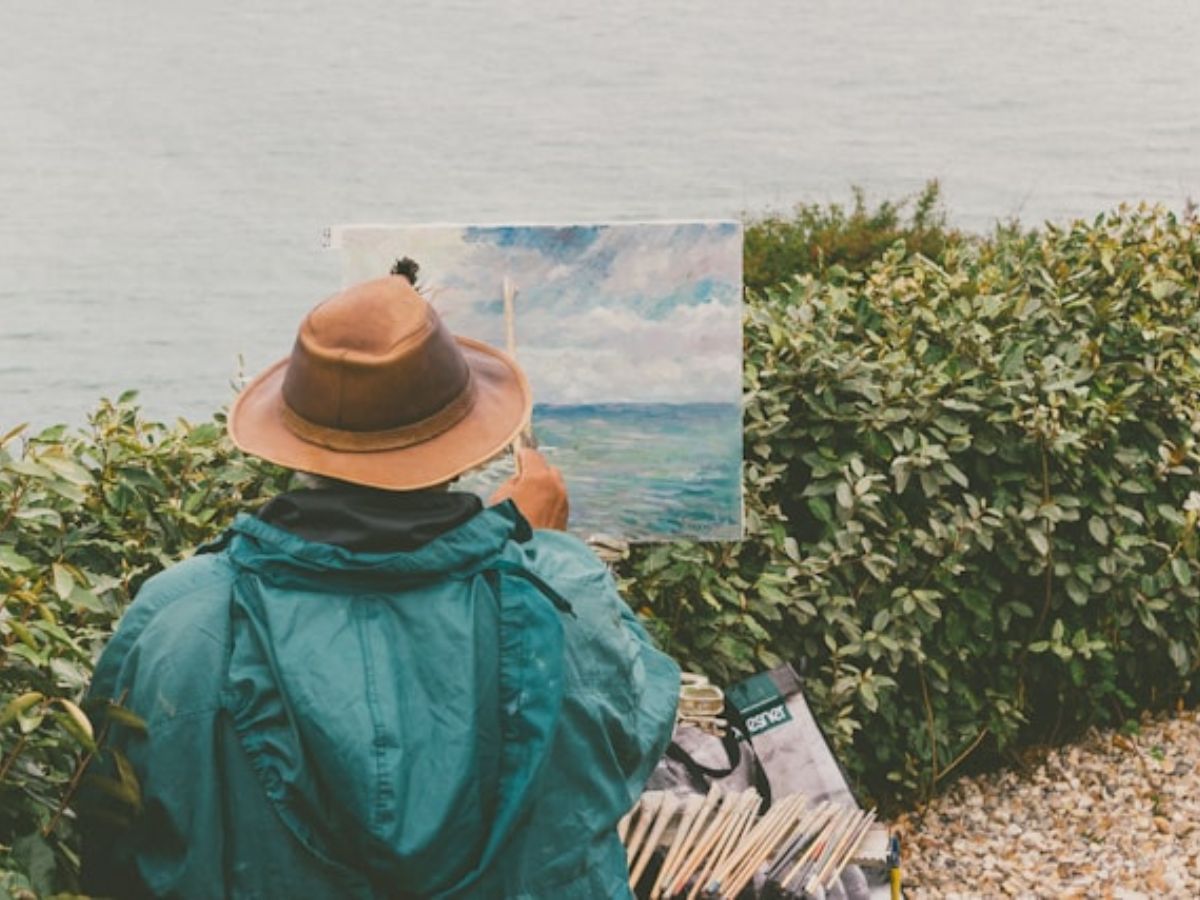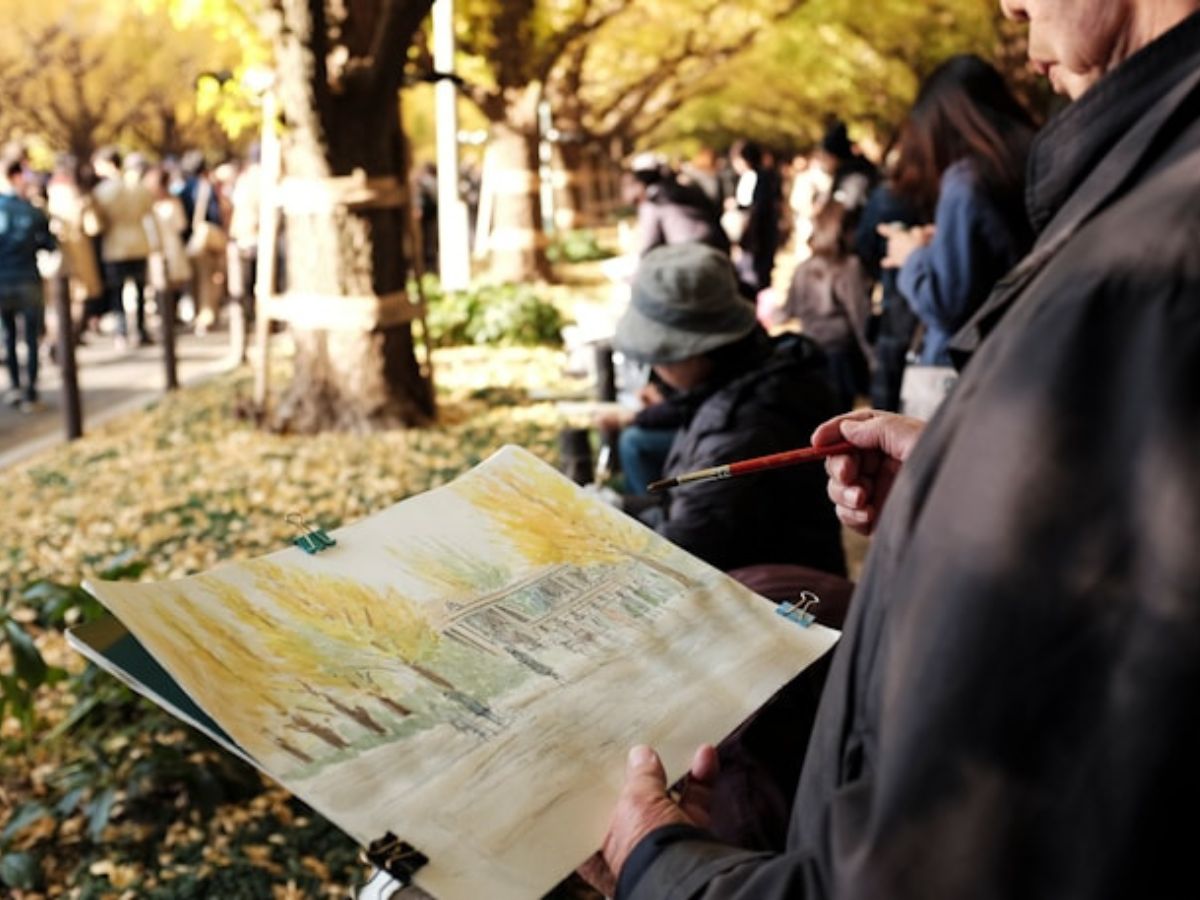
8 Essential Tips for Plein Air Painting on Canvas
Plein air painting, or painting outdoors, has captivated artists for centuries, offering a chance to connect with nature and capture its ever-changing beauty. However, painting en plein air comes with unique challenges, from fluctuating light to unpredictable weather. Whether you’re a seasoned painter or just starting your outdoor painting journey, these tips will help you embrace the experience and make the most of your time on canvas.
1. Choose the Right Location
The first step to a successful plein air session is picking a location that inspires you. Whether it’s a bustling park, a quiet lakeside, or a scenic overlook, find a spot that excites your creative senses. Consider the accessibility of the location, as carrying your supplies and equipment may become a challenge in remote areas. Start simple—sometimes a nearby garden or cityscape can be just as compelling as a dramatic mountain range.
2. Pack Light, but Smart
You’ll need a balance between portability and having the essentials. Invest in a portable easel and a lightweight canvas or canvas board. Pack only the necessary brushes, paints, and mediums. Choose a palette of colors that can easily be mixed to minimize the number of tubes you bring.
A plein air painter’s kit typically includes a limited palette of primary colors, plus white. Don’t forget paper towels, a palette knife, a water bottle (for drinking), and a sealable container for cleaning brushes.
3. Dress for the Elements
Weather can change rapidly, so it’s important to dress appropriately. Wear layers to adapt to changing temperatures and bring a hat or sunscreen for protection from the sun. A foldable chair or a blanket can also come in handy if you plan to sit while painting. If you’re painting for a long time, pack snacks and water to stay energized.
4. Understand the Light
One of the most challenging aspects of plein air painting is working with natural light. Unlike in a studio, the light outdoors changes throughout the day, altering the appearance of your subject. Early morning and late afternoon are ideal times to capture soft, warm light, while midday light can be harsh and create strong contrasts. If the light changes too much while you’re painting, take a photo early on so you can reference it later.
5. Be Mindful of Composition
Before starting your painting, take some time to observe your surroundings and plan your composition. Decide on your focal point and how you want to lead the viewer’s eye through the scene. Use your viewfinder or even your hands to crop sections of the landscape. This process helps you avoid feeling overwhelmed by too much visual information and focus on creating a balanced composition.
6. Work Quickly and Simply
Plein air painting often requires speed and simplicity. Since the light and weather conditions can shift rapidly, it’s important to work efficiently. Start with broad strokes to block in major shapes and colors. Save the details for last. Don’t worry about creating a perfect replica of the scene—plein air is more about capturing the mood and essence of a place than achieving photorealism.
7. Stay Flexible
Nature is unpredictable, so flexibility is key. Clouds might roll in, or the wind might start blowing—these variables are part of the plein air experience. If conditions change too drastically, don’t be afraid to adjust your approach or shift your composition. Being adaptable can lead to unexpected but often beautiful results.
8. Respect Nature and Leave No Trace
As artists, it’s important to respect the environment in which we create. Make sure to pack out all your trash, including used paper towels or plastic containers. Avoid trampling plants or disturbing wildlife while you paint. The beauty of plein air painting lies in the harmony between art and nature, so always leave your painting spot as pristine as you found it.
By following these tips, you can make the most of your plein air painting adventures. Remember that practice makes perfect—each time you paint outdoors, you’ll improve your ability to capture the fleeting beauty of the natural world on canvas.


